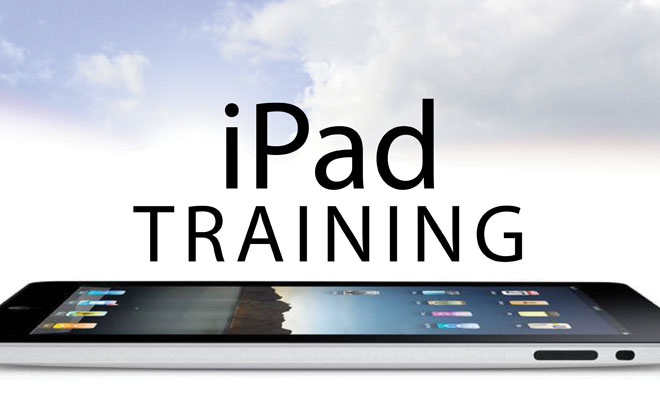Networking Basics - Certifications - Windows 7 - Windows 8 - Home Network Setup - Wireless Setup :: About - Contact - Search
What is an IP Address?
What is an IP address? That is a great question!
There are two versions of IP technology. IP v4 is used today all over the Internet. The second version is IP version 6.
In a home network or business network, the Internet Assigned Numbers Authority (IANA) created three private IP ranges to use. This means that there can be many private IP addresses that are alike but on the Internet (public network) the IP addresses have to be unique.
The three ranges are:
10.0.0.0 - 10.255.255.255
172.16.0.0 - 172.31.255.255
192.168.0.0 - 192.168.255.255
IP v4 uses a 32-bit value that uniquely identifies the network device on the network or Internet.
IP v6 was created because the available IPs in the world are running out. IPv6 addresses are 16 bytes (128 bits) long rather than four bytes (32 bits). This larger size means that IPv6 should ensure that the available IPs will never run out.
Remember: 1 byte = 8 bits
In an IP v4 address, there are four decimal values which are separated by periods. Similar to this: 192.168.1.86
Each decimal value is make up of 8 bits (1s and 0s). There are 4 decimal values, so that makes 8 bits times 4 equals the 32-bit address.
Each decimal value is called an octet. There are four octets in an IP version 4 address.
The four octets in an IP address are divided into two parts. The network ID and the host ID. The subnet mask determines the number of bits that make up the network side and the host side of an IP address.
What is a Subnet Mask?
A subnet mask determines the network id and the host id. A subnet mask looks similar to this:
255.255.255.0
When looking at the IP address of 192.168.1.86, if the subnet mask is 255.255.255.0, wherever there is a 255 in an octet, then the corresponding octet in the IP address is part of the network ID.
So if my IP address is 192.168.1.86 with a subnet mask of 255.255.255.0, then the network ID would be 192.168.1. and the host ID would be the .86.
Here’s another example:
IP Address: 10.0.0.1
Subnet Mask: 255.0.0.0
The first octet is the Network ID of 10 and the three other octets are the Host ID of .0.0.1
Why do we need subnet masks?
When a computer wants to communicate with another computer, the subnet mask will allow the router to determine if it's on the local network or a different network.
192.168.1.86 and 192.168.2.86 are on different networks. One is on network 192.168.1 and the other is on network 192.168.2.
What is a default gateway?
If a computer wants to communicate with another computer and the network IDs are the same then the two computers are on the same network. If the network IDs are different then they are on different networks and the data needs to reach the router so that the router can send the data to the destination system’s router.
The default gateway tells your computer what is the IP address of the local router on your network. If you configure your computer with “no defaut gateway” then your computer will never reach the Internet or any other network than the local network.
You can view the IP settings on your computer by opening a command prompt and typing “ipconfig”
The class to which the IP address belongs to, determines the network ID and host ID portions of the address. This also reveals the number of hosts that are supported on that network.
What is an IP address and what does it look like on my computer?
Look at the image below to see how your IP settings look in the command prompt:

Learn how to configure TCP/IP settings:
The class to which the IP address belongs determines the network ID and host ID portions of the address. This also reveals the number of hosts that are supported on that network.
The different class addresses are named:
- Class A
- Class B
- Class C
- Class D
- Class E
I hope this page explained what is an IP Address?
Every IP address belongs to an address class. We will learn about them on the next section......
<- - -Go back to "Network Protocols" or continue with the IP address tutorial Part 2
Return from What is an IP Address to Computer Networking Basics
Return from What is an IP Address to homepage of Computer Networking Success
"Didn't find what you were looking for? Use this search feature to find it."

1













New! Comments
Have your say about what you just read! Leave a comment in the box below.